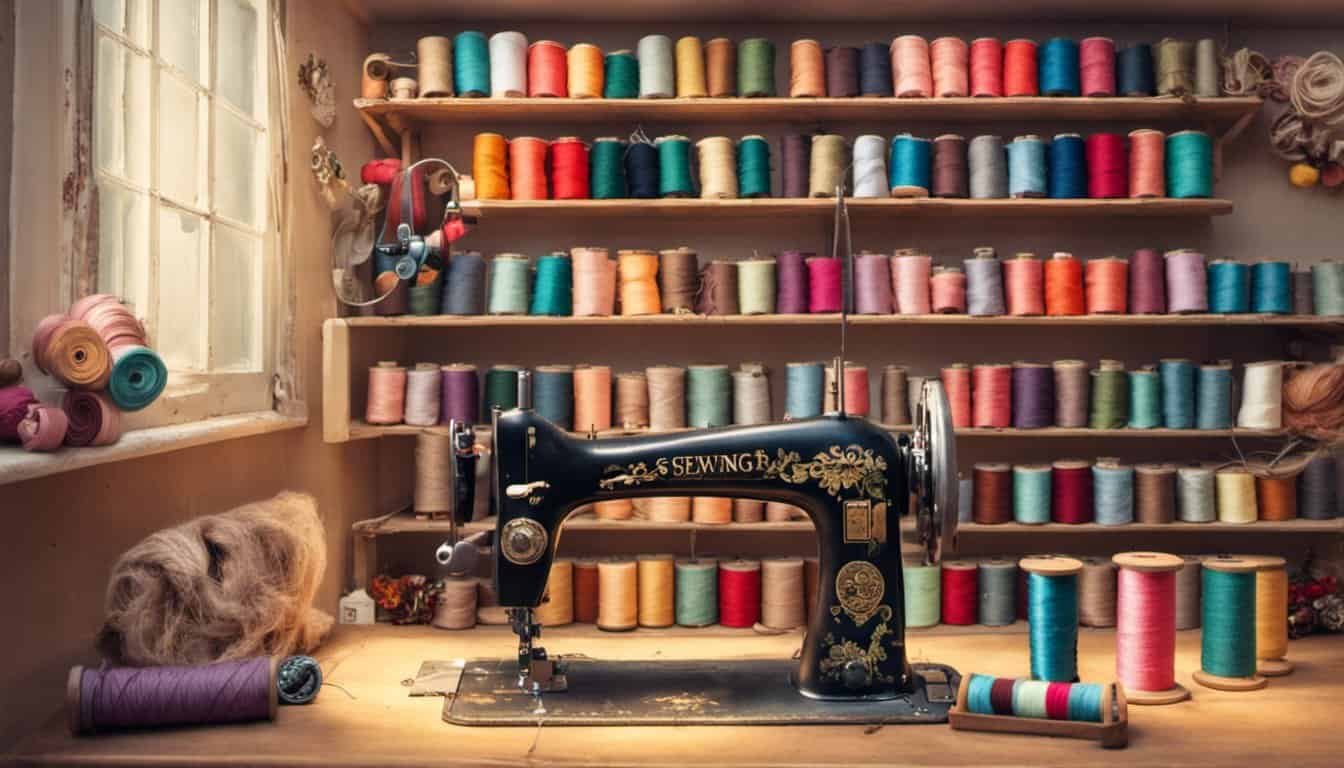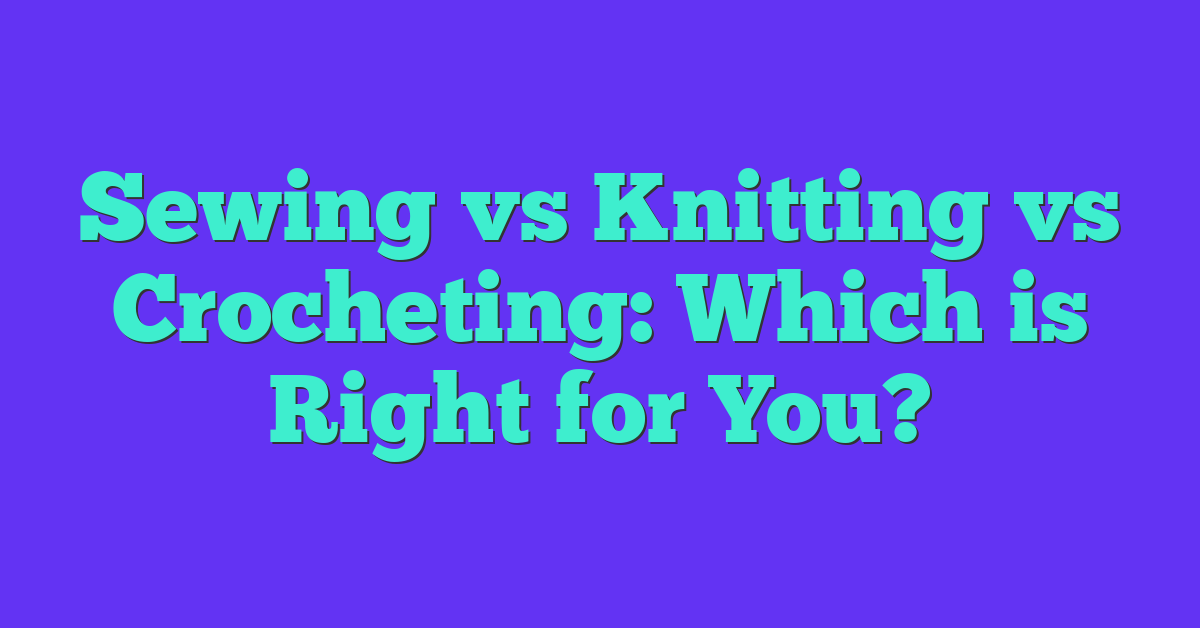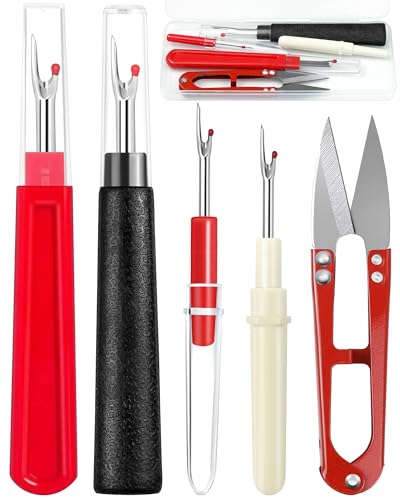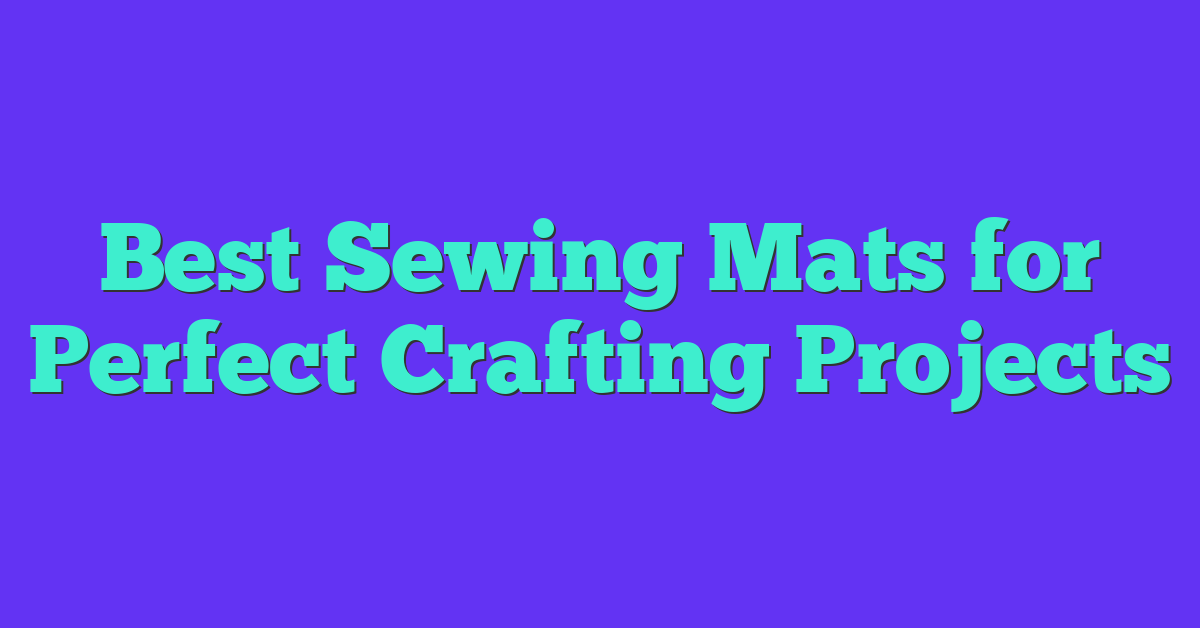As someone who loves crafting, I have always been fascinated by the differences between sewing, knitting, and crocheting. While all three involve creating textiles from yarn or thread, each has its unique characteristics and techniques. In this article, I will explore the distinctions between these needlecrafts and help you decide which one might be the best fit for you.
Understanding the Basics
Before diving into the differences between sewing, knitting, and crocheting, it’s essential to understand the basics of each craft. Sewing involves stitching fabric pieces together using a needle and thread, while knitting and crocheting use yarn or thread to create textiles. Knitting involves using two or more needles to create loops and knit stitches, while crocheting uses a single hook to create loops and crochet stitches.
Tools and Materials
Each needlecraft requires different tools and materials. For sewing, you’ll need a sewing machine or a needle and thread, while knitting and crocheting require needles or hooks and yarn or thread. The type of yarn or thread you use can also vary depending on the project, with different weights and fibers available. Understanding the tools and materials required for each craft can help you choose which one to try.
Key Takeaways
- Sewing, knitting, and crocheting are distinct needlecrafts with unique characteristics and techniques.
- Each craft requires different tools and materials, including needles, hooks, yarn, and thread.
- Understanding the basics of each craft can help you choose which one to try.
Understanding the Basics
When it comes to needlecrafts, there are three main players: knitting, crocheting, and sewing. Each of these crafts has its own unique set of techniques, tools, and materials. In this section, I will provide a brief overview of the basics of each craft.
Knitting
Knitting involves creating fabric by interlocking loops of yarn with two straight or circular needles. The most basic stitch in knitting is the knit stitch, which creates a smooth, V-shaped pattern. Another common stitch is the purl stitch, which creates a bumpy, horizontal pattern. By combining these two stitches in various ways, you can create a wide range of textures and patterns.
Crocheting
Crocheting is similar to knitting in that it involves creating fabric from yarn, but it uses a single hook instead of two needles. Crochet stitches include the chain stitch, single crochet stitch, and double crochet stitch, among others. Crocheting can be used to create a wide range of items, from scarves and hats to blankets and clothing.
Sewing
Sewing involves joining pieces of fabric together using a needle and thread or a sewing machine. It is commonly used to create clothing, home decor items, and accessories. Sewing techniques include the chain stitch, backstitch, and running stitch, among others. Industrial sewing machines are also used for mass production of clothing and other items.
Whether you are knitting, crocheting, or sewing, it is important to have the right tools and materials for the job. Needles, hooks, and machines come in various sizes and types, and different types of yarn and fabric require different techniques and skill levels. With practice and patience, you can develop the hand-eye coordination and skill needed to create beautiful needlework.
Tools and Materials
When it comes to sewing, knitting, and crocheting, each craft requires different tools and materials. Here are some of the essential tools and materials needed for each craft:
Sewing
Sewing requires a few basic tools such as needles, thread, and fabric. More advanced sewing projects may require a sewing machine, scissors, seam ripper, stitch markers, weights, and measuring tape.
When it comes to needles, there are different types of needles for different fabrics. For example, a needle used for sewing denim is different from a needle used for sewing silk. Thread comes in different colors and thicknesses, and it is important to choose the right thread for the project. Seam rippers are used to remove stitches, while stitch markers are used to mark where to sew. Weights are used to hold fabric in place, and measuring tape is used to measure fabric.
Knitting
Knitting requires knitting needles and yarn. Knitting needles come in different sizes and materials such as plastic, wood, and metal. Yarn comes in different weights and fibers such as wool, cotton, and acrylic.
Knitting needles are used to create different stitch patterns, and the size of the needle determines the size of the stitch. Yarn comes in different weights, and the weight of the yarn determines the thickness of the finished project. Different fibers have different properties, such as wool being warm and stretchy while cotton is cool and breathable.
Crocheting
Crocheting requires a crochet hook and yarn. Crochet hooks come in different sizes, and the size of the hook determines the size of the stitch. Yarn comes in different weights and fibers such as wool, cotton, and acrylic.
Crochet hooks are used to create different stitch patterns, and the size of the hook determines the size of the stitch. Yarn comes in different weights, and the weight of the yarn determines the thickness of the finished project. Different fibers have different properties, such as wool being warm and stretchy while cotton is cool and breathable.
Overall, each craft requires different tools and materials, but all three can be enjoyable and rewarding hobbies.
Projects and Patterns
When it comes to projects and patterns, sewing, knitting, and crocheting offer a wide variety of options. Each craft has its own unique set of patterns and projects that can be tackled by beginners and experts alike.
In sewing, patterns are typically used to create garments, accessories, and home decor items. Patterns can range from simple to complex, and can be found in books, magazines, and online. Some popular sewing projects include hats, blankets, and rugs. Sewn items can also be embellished with lace, embroidery, and applique.

Knitting patterns are used to create knitted fabric, which can be used to make a variety of items such as hats, scarves, and afghans. Knitting patterns can also be used to create socks, mittens, and other accessories. Knitting projects can range from simple to complex, and can be found in books, magazines, and online.
Crochet patterns are used to create crocheted fabric, which can be used to make a variety of items such as toys, doilies, and accessories. Crochet patterns can also be used to create blankets, scarves, and shawls. Some popular crochet projects include stuffed animals, gloves, and hats. Crochet patterns can be found in books, magazines, and online.
Quilting is another sewing-related craft that involves piecing together fabric to create a quilt top, which is then layered with batting and backing fabric and quilted together. Quilting patterns can be found in books, magazines, and online, and can range from simple to complex. Quilting projects include quilts, table runners, and wall hangings.
Overall, each craft offers a unique set of patterns and projects that can be tackled by crafters of all skill levels. Whether you prefer sewing, knitting, or crocheting, there is sure to be a project that will inspire you.
Techniques and Stitches
« Can You Embroider with Sewing Thread? A Beginner’s Guide
How Much Does a Sewing Machine Tune Up Cost? A Quick Guide »
When it comes to sewing, knitting, and crocheting, understanding the techniques and stitches involved is essential. Each craft has its own unique set of stitches and techniques that are used to create different patterns and textures.
Sewing involves using a needle and thread to join pieces of fabric together. Some of the most common stitches used in sewing include the straight stitch, zigzag stitch, and hemming stitch. Sewing can also involve creating loops and chains, which are used to create buttonholes and other decorative elements.
Knitting, on the other hand, involves creating loops with a set of knitting needles. The two most basic stitches in knitting are the knit stitch and the purl stitch. These stitches are used to create rows of interlocking loops, which can be combined to create intricate lace patterns and other designs.
Crocheting is similar to knitting, but instead of using two needles, a single crochet hook is used to create loops and chains. Some of the most common stitches in crocheting include the single crochet stitch, double crochet stitch, half-double crochet stitch, and slip stitch. These stitches can be combined to create a variety of different textures and patterns.
Overall, understanding the different techniques and stitches involved in sewing, knitting, and crocheting is essential for anyone looking to pursue these crafts. Whether you’re looking to create intricate lace patterns or simply repair a torn garment, mastering these techniques can help you achieve your goals and create beautiful, one-of-a-kind pieces.
Benefits and Challenges
As someone who has dabbled in sewing, knitting, and crocheting, I can attest to the many benefits and challenges of each craft. Here are some of my observations:
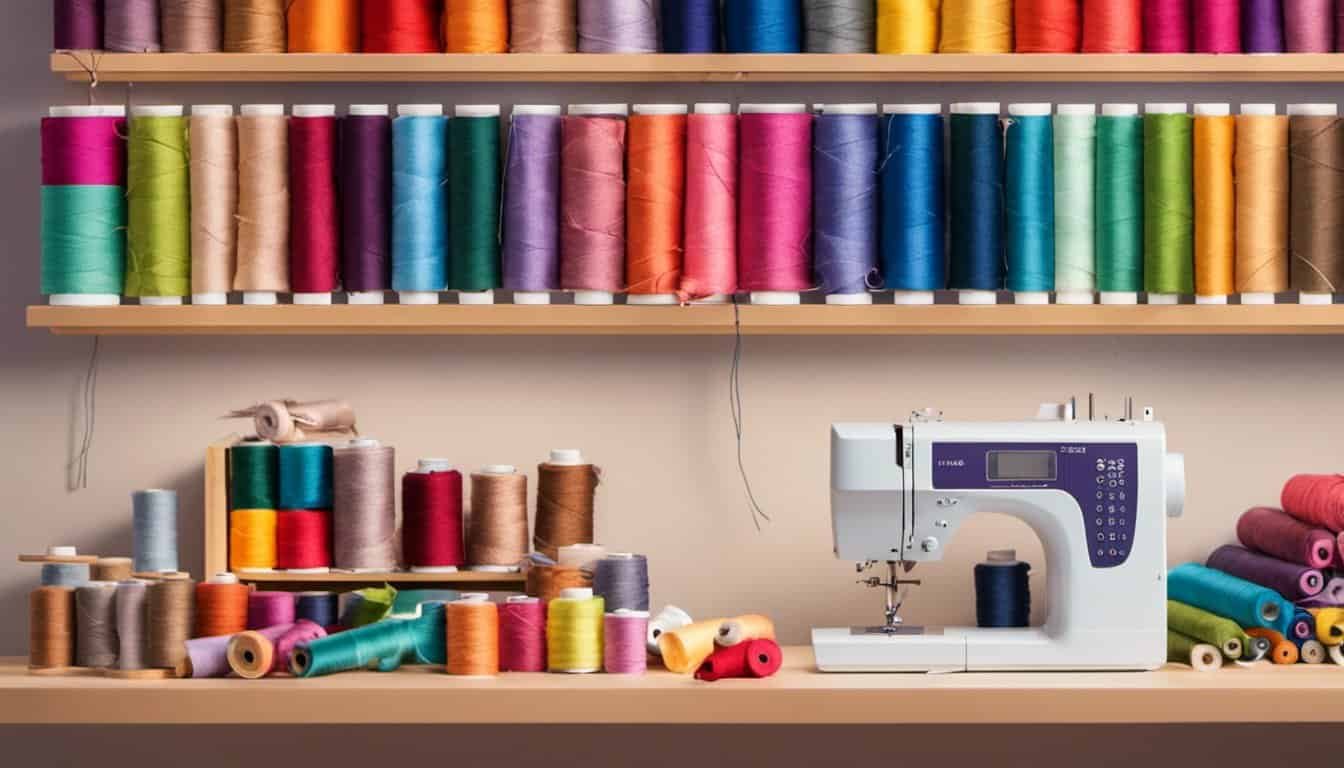
Benefits
- Versatility: One of the biggest benefits of all three crafts is their versatility. With sewing, you can create garments, home decor, and more. Knitting and crocheting allow you to make cozy blankets, warm sweaters, and even intricate designs.
- Relaxing: All three crafts can be incredibly relaxing. There’s something soothing about the repetitive motions of knitting or crocheting, and hand sewing can be a meditative experience as well.
- Practice: Each craft requires practice to master, but the more you do it, the more you’ll improve. It can be satisfying to see your skills improve over time.
- Design: With all three crafts, you have the ability to design and create something unique. You can choose your own colors, patterns, and styles to make something that truly reflects your personality.
- Children: Sewing, knitting, and crocheting can be great activities to do with children. It’s a fun way to bond and teach them a new skill.
Challenges
- Intermediate level: While all three crafts can be learned by beginners, they do require some intermediate-level skills to really excel. Sewing, for example, requires knowledge of patterns, fabric types, and tension settings on a machine. Knitting and crocheting require knowledge of different stitches and tension as well.
- Tension: Tension can be a challenge with all three crafts. If your tension is too tight or too loose, it can affect the final product. It takes practice to get it just right.
- Fiber: Choosing the right fiber for your project can be a challenge. Different fibers have different properties, such as stretchiness and durability, which can affect the final product. It’s important to do your research and choose the right fiber for your project.
- Hand sewing: Hand sewing can be time-consuming and tedious, especially for larger projects. It can also be hard on your hands and fingers if you’re not used to it.
- Color: Choosing the right colors for your project can be a challenge. You want to make sure they complement each other and work well together.
- Home decor: Sewing home decor items, such as curtains or bedding, can be challenging due to their size and complexity. It can take a lot of time and effort to get them just right.
Overall, sewing, knitting, and crocheting all have their benefits and challenges. It’s important to choose the craft that best suits your interests and skill level. With practice and patience, you can create beautiful and unique items that you can be proud of.
Conclusion
After exploring the differences between sewing, knitting, and crocheting, I’ve come to realize that each craft has its own unique advantages and disadvantages. Here are some key takeaways from my research:
- Sewing is great for creating precise and structured garments or items, but it can be time-consuming and requires more materials and equipment than knitting or crocheting.
- Knitting is a versatile craft that allows you to create a wide range of items, from cozy blankets to intricate sweaters. It’s also a great way to destress and relax, thanks to its repetitive nature.
- Crocheting is similar to knitting in many ways, but it tends to be faster and requires less equipment. It’s also great for creating 3D items, like stuffed animals or amigurumi.
Ultimately, the best craft for you will depend on your personal preferences and goals. If you’re looking to create precise, structured garments, sewing might be the way to go. If you want to create cozy blankets or intricate sweaters, knitting might be a better fit. And if you’re looking for a fast, easy way to create 3D items, crocheting might be the perfect craft for you.
No matter which craft you choose, remember to have fun and enjoy the process. Each craft has its own unique challenges and rewards, and there’s no right or wrong way to create. So grab your needles, hooks, or sewing machine, and let your creativity flow!
Frequently Asked Questions
What are the benefits of knitting?
Knitting is a great way to relax and unwind after a long day. It can also help improve your hand-eye coordination, reduce stress, and boost your creativity. Knitting can also be a social activity, allowing you to connect with other knitters and share your creations.
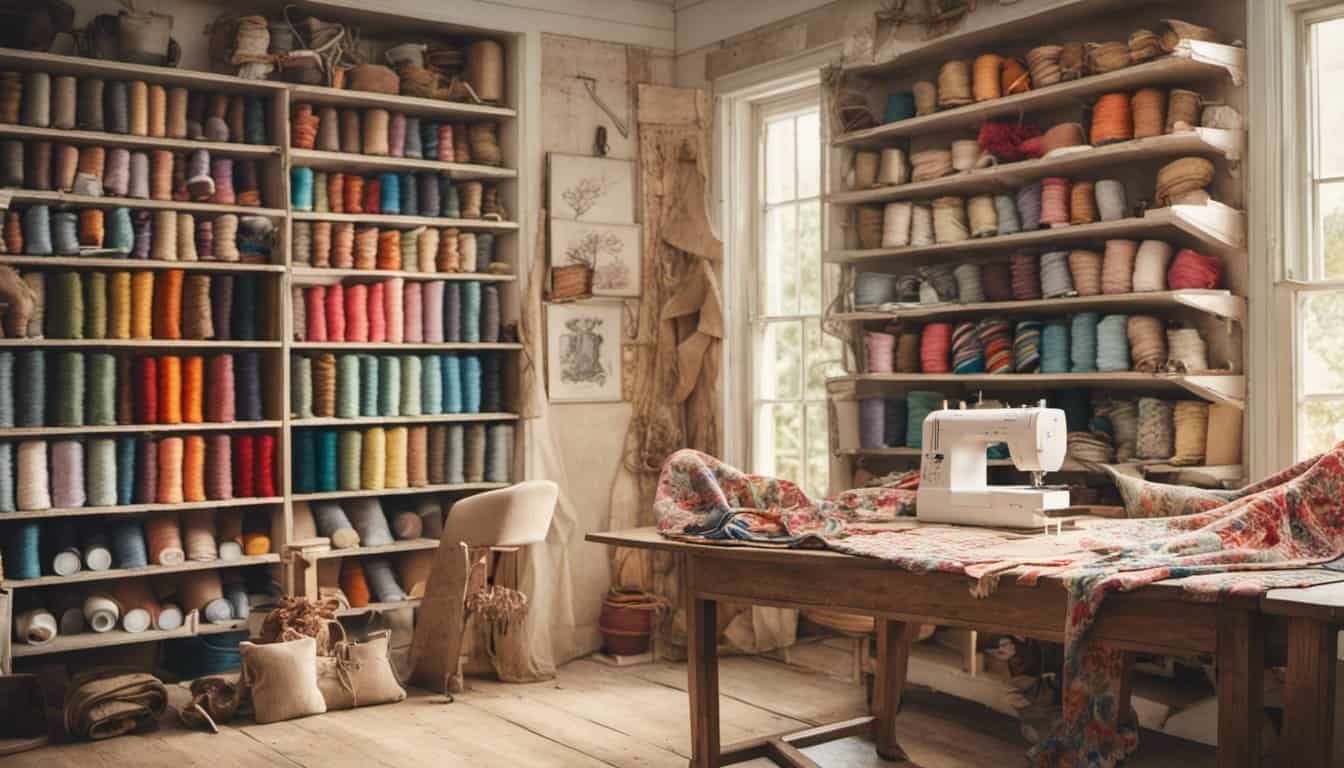
Is crocheting harder than knitting?
Whether crocheting is harder than knitting depends on your personal preference. Some people find crocheting easier because it involves working with one hook instead of two needles. Others find knitting easier because it involves fewer stitches and is more intuitive. Ultimately, it’s up to you to decide which one you prefer.
Which is easier to learn knitting or crocheting?
Again, this depends on your personal preference. Some people find knitting easier to learn because it involves fewer stitches and is more intuitive. Others find crocheting easier to learn because it involves working with one hook instead of two needles. The best way to figure out which one is easier for you is to try both and see which one you enjoy more.
What is the difference between knitting and crocheting?
The main difference between knitting and crocheting is the tools used. Knitting involves working with two needles, while crocheting involves working with one hook. Knitting also tends to create a more structured fabric, while crocheting creates a more textured fabric.
How can I choose between sewing, knitting, and crocheting?
Choosing between sewing, knitting, and crocheting depends on your interests and goals. If you enjoy creating your own clothing and accessories, sewing might be the best choice for you. If you enjoy working with yarn and creating cozy blankets and scarves, knitting or crocheting might be a better fit. Ultimately, it’s up to you to decide which one you enjoy more.
What are some beginner-friendly crochet projects?
Some beginner-friendly crochet projects include dishcloths, scarves, and blankets. These projects are relatively simple and can be completed in a short amount of time. There are also many online tutorials and patterns available to help you get started.
